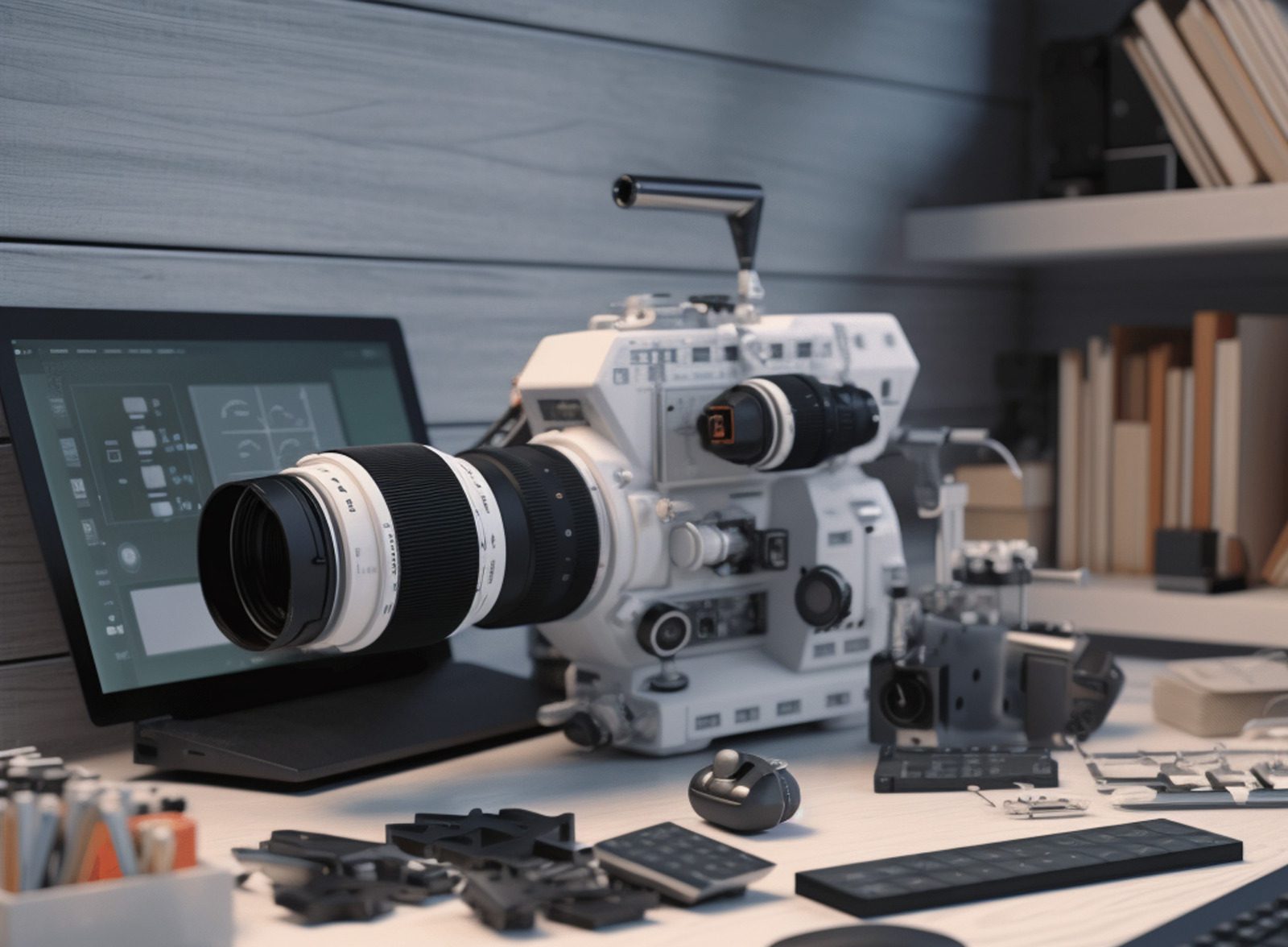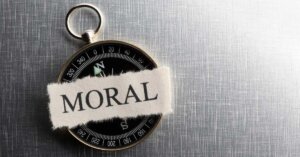One of Hollywood’s actors, Tom Hanks, has stated that he wants to continue acting in films even after his death. This statement has undoubtedly made the public wonder how this can be achieved.
Recently, the presence of AI technology has become an innovation to realize seemingly impossible ideas. The sophistication of AI technology can answer Tom Hanks’ idea that raised public questions. Tom Hanks stated that he wants to create a deep fake version of himself using AI technology and continue starring in Hollywood films in the future.
Deep Fake technology is an artificial intelligence technology that can mimic human faces and voices. The result will have a significant resemblance to the face and voice of the person being imitated, hence the name “deep fake” because it can create deep falseness towards the replicated object.
In the United States, this technology has been protected by intellectual property laws such as patents. With this technology, someone can create a digital duplicate of themselves as if they were present in a recorded video. This technology has been widely used in the film industry, allowing actors and actresses to avoid the hassle of changing their facial makeup. They can also use this technology to change their appearance to look older or younger, as seen in the Star Wars films.
Deep Fake technology is easier to use than CGI technology, known for creating 3D visual effects in films. However, this ease of use creates issues such as the creation of deep fakes that imitate famous artists or public figures being used indiscriminately, leading to defamation of their reputation. This can be detrimental to the victims of this technology’s misuse. Some cases include the creation of pornographic films, the creation of films using deep fakes of deceased artists, and the creation of videos with controversial statements falsely attributed to public figures who never made such statements.
Legal Viewpoint
In the USA, the protection of deep fake technology is not only covered by copyright law but also falls under various other legal regulations such as trademark law, infringement of privacy and breach of the Human Rights Act 1998, violation of confidence, defamation, false attribution of authorship under section 84 CDPA, breach of an author’s moral right of integrity, and criminal laws including harassment under the Protection from Harassment Act 1997, obscenity law, trade descriptions, and theft.
For example, in November 2020, New York enacted a law that explicitly prohibits using “digital replicas of deceased artists” in audiovisual content for 40 years after the artist’s death if such use “is likely to deceive the public into thinking it is authorized.”
In politics, Texas enacted a law in September 2019 prohibiting the dissemination of “deep fake videos” intended to deceive and damage candidates or influence voters within 30 days of an election. The following month, California passed a similar law but extended the period of concern to 60 days after an election. Furthermore, platforms hosting deep fakes must also consider compliance issues regarding fraud claims.
Copyright Viewpoints
In this article, the author will only discuss it from the copyright law perspective. In general, copyright law is regulated that if someone wants to use another person’s face to create a work, they must obtain consent from that person. If the person has passed away, permission can be sought from their heirs.
In cases like this, the question arises as to whether a person must register their face to be protected by intellectual property rights. However, the face is not considered an object of intellectual property protection. So, how should the rights be divided in terms of copyright between the creator of the deep fake, the person being imitated in the deep fake, and the person using and creating derivative works with deep fakes?
Specifically in Indonesia, Article 25 of the Information, Transaction, and Electronic Law regulates that Electronic Information and/or Electronic Documents created as intellectual creations, internet sites, and the intellectual creations contained therein are protected as Intellectual Property Rights based on the provisions of the prevailing legislation. Therefore, electronic works produced by deep fake can be covered under the copyright law in Indonesia as specified in Law Number 28 of 2014 concerning copyrights, depending on their tangible form.
Copyright protection for the output of Deep Fakes can be applied to portraits, videos, or films, depending on their tangible form. The protection for these three objects differs in duration, shared rights, and sanctions imposed on infringers. Therefore, an analysis of the tangible form is required to determine these aspects.
Thus, when viewed from the perspective of Indonesian copyright law, the protection for such works is found in their tangible manifestation. Protection for people’s deep-faked faces is better regulated under other legal regimes such as privacy protection, human rights protection, and similar laws.
Tips to Avoid Copyright Disputes
To avoid copyright disputes related to this action, users of Deep Fakes must obtain prior permission from the individuals or parties being depicted in the Deep Fake works and refrain from misusing this technology to defame their reputation. The use of deep fakes should also be limited to actions that do not harm anyone.
To obtain a more focused legal consideration in protecting works produced by Deep Fake technology, it is advisable to consult with legal experts in a reputable and quality law firm.
Am Badar & Am Badar, an IP Law Firm with a five-decade-long establishment, also provides legal services to protect copyrights similar to those mentioned in this article. Our international clients from renowned companies have entrusted us with the legal protection of their intellectual property. Therefore, if you encounter any legal issues or wish to receive high-quality legal protection for your masterpiece’s intellectual property, you can contact us at ambdar@ambadar.co.id.
References:






